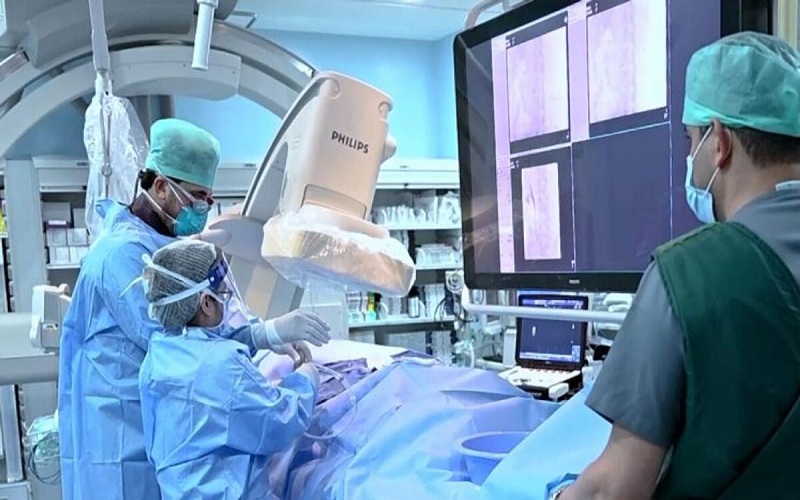
A patient is rushed into the ER. Their face is drooping, their speech is slurred. The staff springs into action. They recognize the signs. This person is having a stroke. During this chaos, a figure of calm steps forward — Dr. Kamal Woods Dayton, a neurosurgeon. He is the lighthouse in the storm. His role? Crucial. His task? Stroke intervention. The minutes that follow could mean the difference between life and death. Let’s delve into the high-pressure world of neurosurgery, and understand how professionals like Dr. Woods are literal lifesavers.
Understanding Stroke
A stroke happens when blood flow to a part of the brain is cut off. When this happens, brain cells start to die. Quick intervention is key to limit the damage. Imagine a city without power, the darkness spreading fast. That’s a stroke in the brain. Time is of the essence – every minute counts.
The Role of the Neurosurgeon
Enter the neurosurgeon. Their task is to restore the power, to bring back life to the city. How? They may perform a procedure to remove the blockage or stop the bleeding. It’s a race against time, a fight against darkness. It’s like defusing a bomb, with no room for error.
The Tools of the Trade
Neurosurgeons use cutting-edge tools and techniques. Think of advanced imaging technology, microsurgical instruments, and computer-guided systems. It’s as if they’re navigating a complex maze, equipped with the best GPS system.
The Results
The results? They can be phenomenal. A person who is unable to move or speak can often regain normal function. The lights in the city come back on. It’s a moment of triumph, a victory against the odds.
Conclusion
Neurosurgeons play a crucial role in stroke intervention. They stand tall amidst the storm, their calm demeanor belying the high stakes of their job. They’re not just doctors, they’re lifesavers. In their hands, holds the power to turn back time, to reverse the irreversible. To me, that’s nothing short of a miracle.






